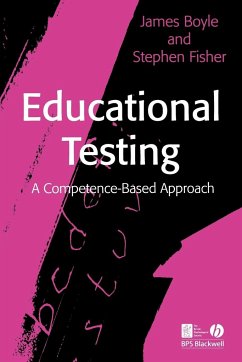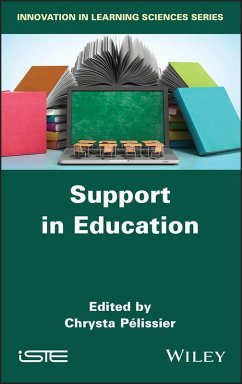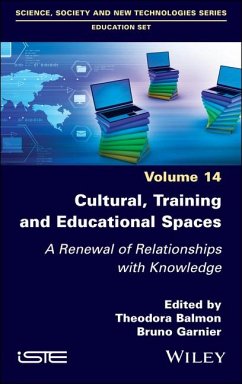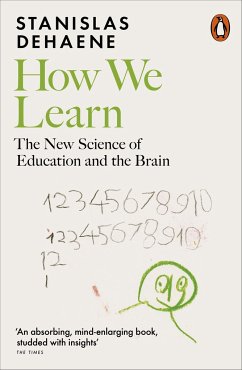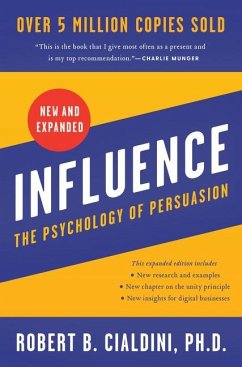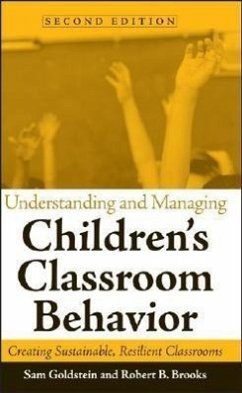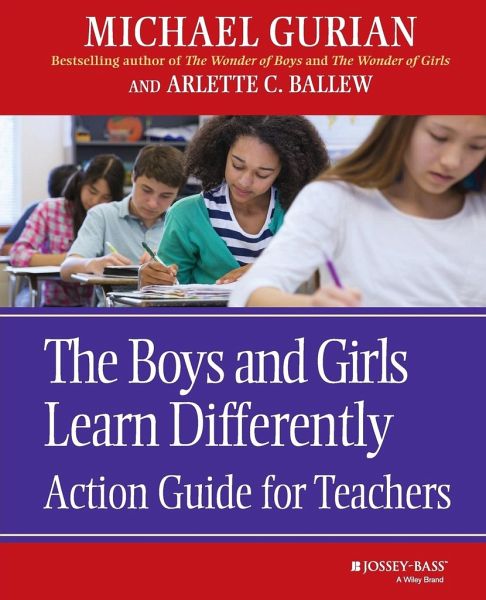
The Boys and Girls Learn Differently
Action Guide for Teachers
Versandkostenfrei!
Versandfertig in über 4 Wochen
17,99 €
inkl. MwSt.

PAYBACK Punkte
9 °P sammeln!
The landmark book Boys and Girls Learn Differently! outlines the brain-based educational theories and techniques that can be used to transform classrooms and help children learn better. Now The Boys and Girls Learn Differently Action Guide for Teachers presents experiential learning techniques that teachers can use to create an environment and enriched curriculum that take into account the needs of the developing child's brain and allows both boys and girls to gain maximum learning opportunities. This important and easy-to-use guide is based on the latest scientific scholarship on the differen...
The landmark book Boys and Girls Learn Differently! outlines the brain-based educational theories and techniques that can be used to transform classrooms and help children learn better. Now The Boys and Girls Learn Differently Action Guide for Teachers presents experiential learning techniques that teachers can use to create an environment and enriched curriculum that take into account the needs of the developing child's brain and allows both boys and girls to gain maximum learning opportunities. This important and easy-to-use guide is based on the latest scientific scholarship on the differences between boy's and girl's brains, neurological development, hormonal effects, behavior, and learning needs and offers information on what all children need to be able to learn effectively. Michael Gurian and his colleagues applied these recent discoveries in the field during a two-year Gurian Institute pilot program in Missouri that led to measurably better academic performance and improved behavior.



